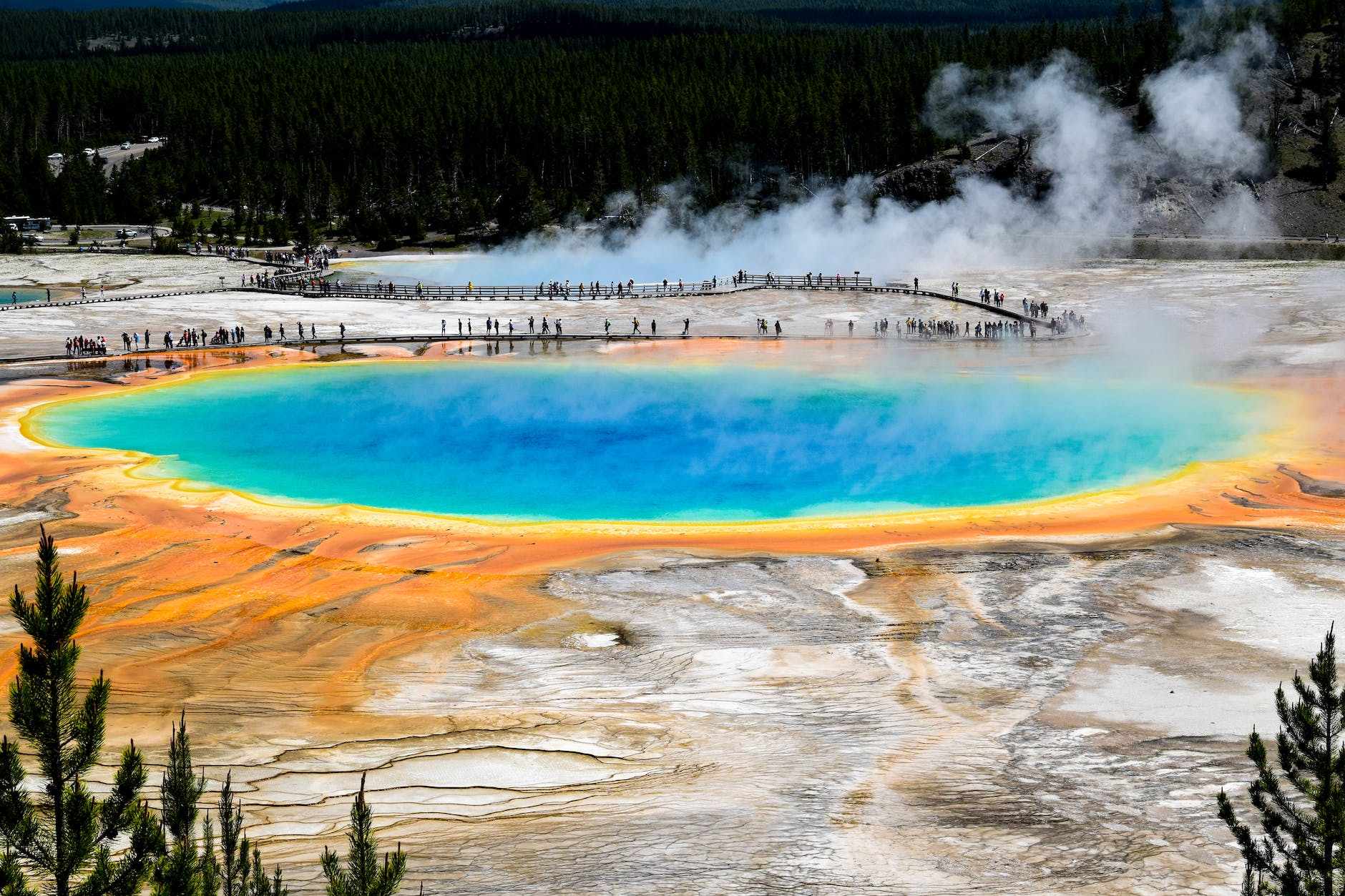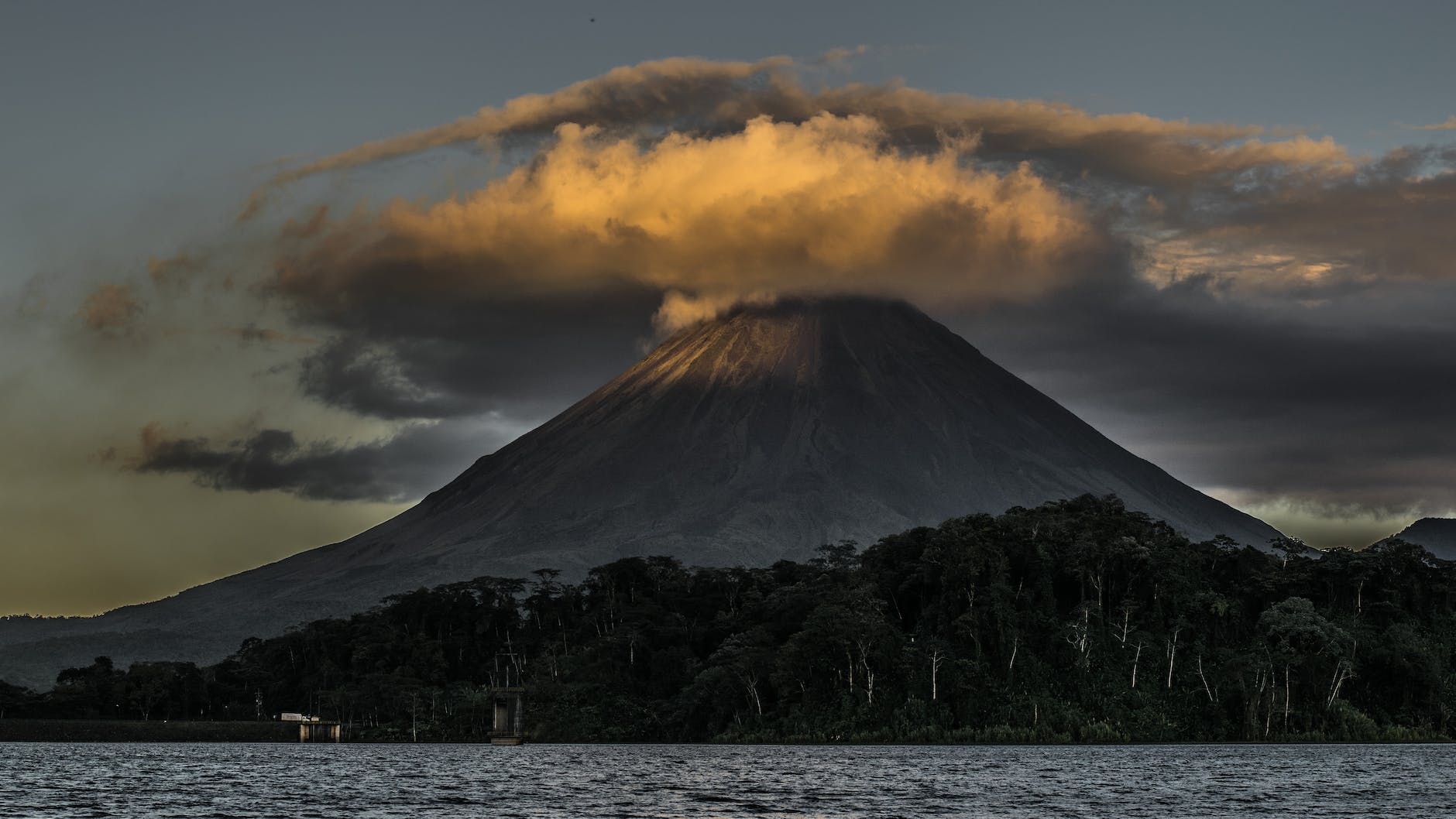 midst the breathtaking landscapes and historical wonders of Europe lies a hidden danger that has captured the attention of scientists worldwide. It is the threat of a supervolcano, a colossal force of nature capable of catastrophic eruptions that can have far-reaching global consequences. In this article, we delve into the unsettling possibility that a supervolcano in Europe is on the brink of eruption, exploring the signs, potential impact, and the efforts being made to monitor and mitigate this looming threat.
midst the breathtaking landscapes and historical wonders of Europe lies a hidden danger that has captured the attention of scientists worldwide. It is the threat of a supervolcano, a colossal force of nature capable of catastrophic eruptions that can have far-reaching global consequences. In this article, we delve into the unsettling possibility that a supervolcano in Europe is on the brink of eruption, exploring the signs, potential impact, and the efforts being made to monitor and mitigate this looming threat.
Unveiling Europe’s Supervolcano
Europe, with its diverse geological makeup, is home to several volcanic regions that have shaped its landscapes and left a legacy of ancient eruptions. Among these volcanic hotspots lies one of the most formidable threats known to scientists—a supervolcano. Hidden beneath the picturesque scenery, this sleeping giant has the potential to unleash an eruption of unimaginable magnitude.
The exact location of the supervolcano remains undisclosed to prevent undue alarm. However, scientists have long been aware of the existence of this geological phenomenon, characterized by a massive underground magma chamber capable of producing eruptions far surpassing those of regular volcanoes. With the potential to expel hundreds of cubic kilometers of ash and volcanic material, a supervolcano eruption can have profound impacts on both regional and global scales.
Understanding the signs of an impending eruption is crucial to predicting and preparing for the potential devastation. Scientists employ a range of monitoring techniques, including seismic activity analysis, gas emissions measurements, and ground deformation assessments. By closely monitoring these indicators, scientists can gain insights into the behavior of the supervolcano and detect any emerging patterns that may signal an increased risk of eruption.
Signs of Looming Danger
In recent years, researchers have observed subtle changes in the monitored parameters, raising concerns that the supervolcano might be nearing an eruption. Increased seismic activity, such as a rise in small earthquakes or ground vibrations, has been detected in the vicinity of the supervolcano. These seismic shifts, along with other geological anomalies, suggest a potential increase in volcanic activity deep beneath the Earth’s surface.

Another significant indicator is the monitoring of gas emissions. Changes in the composition and volume of gases released by the supervolcano can provide valuable insights into its internal processes. Scientists meticulously measure and analyze these emissions, searching for any anomalies that might point to a heightened volcanic activity.
Ground deformation, a result of the movement of magma beneath the Earth’s surface, is another crucial factor that scientists monitor closely. By utilizing advanced satellite-based techniques and ground-based surveys, researchers can identify any notable changes in the shape and elevation of the supervolcano. These measurements contribute to the overall assessment of the volcano’s state and aid in predicting its behavior.
Potential Impact and Preparedness
The eruption of a supervolcano in Europe would have profound consequences, both locally and globally. The immediate impact would be devastating, with widespread destruction in the surrounding region. Violent eruptions, accompanied by ash clouds, pyroclastic flows, and lava flows, would pose a significant threat to human lives, infrastructure, and the environment.
Furthermore, the long-term effects of a supervolcano eruption extend far beyond the immediate eruption zone. Massive amounts of volcanic ash and gases ejected into the atmosphere can lead to global climate disruptions. The release of sulfur dioxide can contribute to the formation of sulfuric acid aerosols, which reflect sunlight and lead to a temporary cooling effect on the Earth’s surface. Such global climatic changes can impact agriculture, ecosystems, and human health.
In light of the potential catastrophic impact of a supervolcano eruption, scientists and authorities have been working diligently to enhance preparedness and response strategies. Collaborative efforts among international research institutions, governmental agencies, and emergency management organizations aim to develop comprehensive contingency plans, improve early warning systems, and establish protocols for effective evacuation and response in the event of an eruption.
Monitoring and Mitigation Efforts
Given the severity of the potential consequences, ongoing monitoring of the supervolcano remains a top priority. Advanced technological tools, including ground-based sensors, satellite imagery, and data analysis systems, are employed to continuously assess the state of the volcano. By expanding the monitoring network and improving data collection and analysis capabilities, scientists aim to enhance their understanding of the supervolcano’s behavior and improve eruption prediction.
Mitigation strategies focus on minimizing the impact of a supervolcano eruption and ensuring the safety of affected populations. These measures include establishing evacuation plans, designing resilient infrastructure, and educating communities about the risks and necessary precautions. Additionally, international collaborations allow for the exchange of knowledge and expertise, fostering a collective effort to prepare for and respond to the potential eruption.
It is important to note that while the possibility of a supervolcano eruption in Europe exists, the exact timing and magnitude of such an event remain uncertain. Scientists continue to refine their models, monitor the supervolcano diligently, and improve their understanding of the complex processes at play. The aim is to provide accurate forecasts and timely warnings to minimize the impact and save lives should an eruption occur.
The looming threat of a supervolcano eruption in Europe serves as a stark reminder of the unpredictable forces that shape our planet. By closely monitoring indicators of volcanic activity and enhancing preparedness measures, scientists and authorities are working diligently to mitigate the potential impact of such an event. As ongoing research and monitoring efforts progress, our understanding of supervolcanoes will continue to evolve, empowering us to protect lives, safeguard infrastructure, and build resilience in the face of nature’s most formidable forces.
Avid Writer with invaluable knowledge of Humanity!
Upcoming historian with over 30 million views online.
“You make your own life.”





